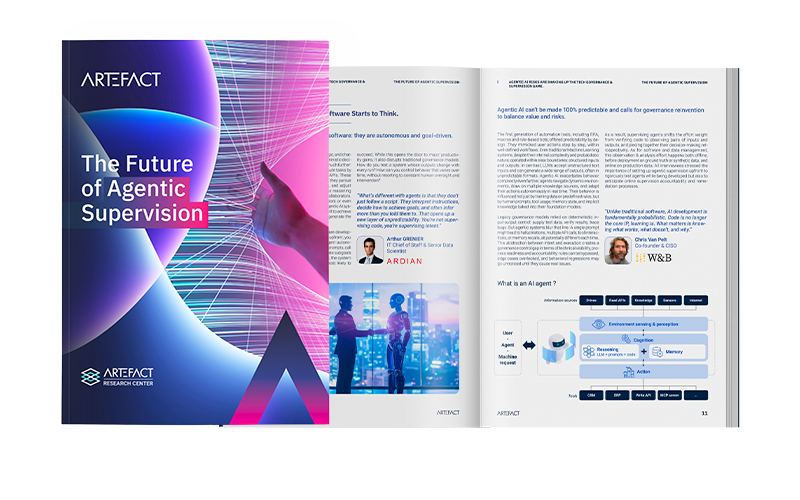
Artefact unveils a groundbreaking study on Agentic AI governance.
As enterprises begin deploying autonomous AI agents capable of taking initiative, making decisions, and interacting dynamically with systems and users, the need for structured oversight becomes urgent. While promising dramatic gains in productivity, these agents also introduce new classes of risks: unintended behaviors, opaque reasoning paths, compounding errors across chains of tasks, and potential misalignment with enterprise values or regulatory constraints.
Thi new study provides a strategic lens to anticipate and manage these emerging risks, helping organizations avoid the pitfalls of “black box” automation. Rather than treating Agentic AI as a mere technical evolution, the study positions it as a governance challenge; one that requires new tools, practices, and roles to ensure agents remain reliable, controllable, and accountable at scale.
Moving beyond a technical overview, the study introduces a three-layered governance model designed for the age of autonomous agents:
- Observe – Ensure transparency and traceability of agents’ decisions and behavior
- Evaluate – Measure performance, robustness, and alignment with business rules
- Supervise – Design active control loops with humans in the loop
This approach bridges the gap between what used to be managed by tech teams and what now requires cross-functional, business-driven oversight. As Agentic AI becomes embedded into workflows, the “supervision of AI” becomes the new work, a shared responsibility between business leaders, tech teams, and governance bodies.
Based on Artefact’s hands-on experience with leading organizations across sectors such as telecommunications, luxury and retail, energy and utilities, automotive, finance, and tech, the study maps the rapidly evolving ecosystem of observability, evaluation, and supervision tools designed to support Agentic AI governance. Each solution is analyzed through the lens of reliability, behavioral compliance, and security.
But beyond tools, the report highlights a critical need for shared governance standards. As AI agents scale, companies can no longer manage supervision in isolation.
Table of contents
- Agentic AI risks are shaking up the tech governance & supervision game.
- Agentic AI or when software stats to think.
- New tech, old problems: why governance is a continuum.
- No more watching from the sidelines: Agentic AI puts supervision in business hands.
- The new AgentOps stack: tests, guardrails and feedback loops.
- Pre-production testing must embrace variability to ensure agent readiness.
- Guardrails protect operations by managing risk during agent execution.
- Agent supervision spans from immediate runtime actions to future planning decisions.
- Secure and accelerate Agentic AI with standards & global governance.
- Technical teams need clear standards to build and deploy agents efficiently and responsibly.
- Scaling multi-agent systems requires shared protocols for interoperability and manageability.
- Business teams need to organize global AI governance and supervision protocols.
Authors

Florence Bénézit
Expert Partner - DAta & AI Governance
Artefact

Hanan Ouazan
Managing Partner & Global Lead AI Acceleration
Artefact
Share this report
